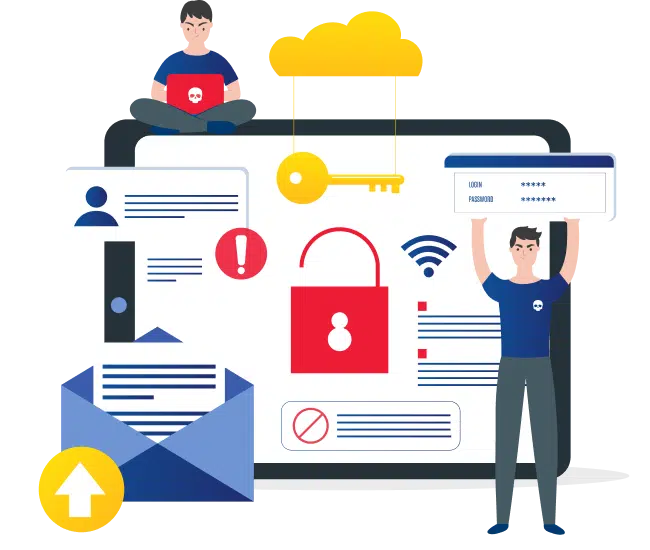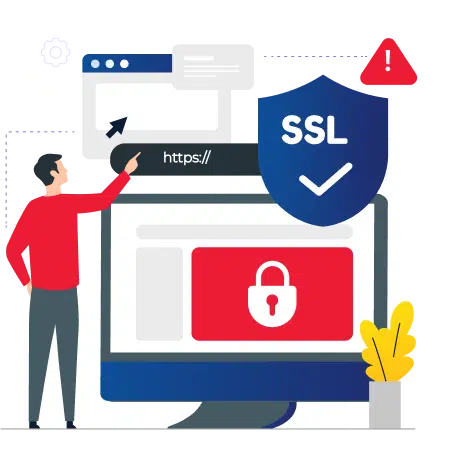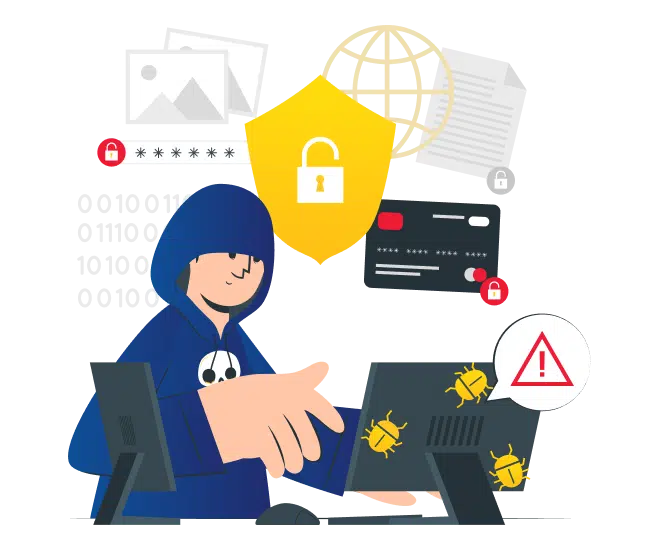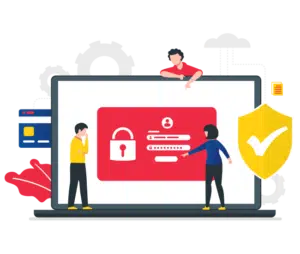Social Engineering & Phishing Simulation
Social Engineering & Phishing Simulation involves assessing how susceptible individuals are to psychological manipulation tactics designed to compromise security. Social engineering attacks exploit human psychology rather than technical vulnerabilities, tricking individuals into exposing confidential information or performing actions that jeopardize security. By employing techniques that prey on emotions such as trust, curiosity, or fear, social engineering aims to deceive targets into aiding attackers inadvertently.
Phishing simulation plays a critical role in evaluating an organization’s resilience against these deceptive practices. Through phishing simulation, Securityium tests how personnel respond to phishing attempts, assessing their awareness and the effectiveness of existing security training. This comprehensive approach helps identify areas for improvement and reinforces the importance of robust security measures to mitigate social engineering and phishing risks.



























